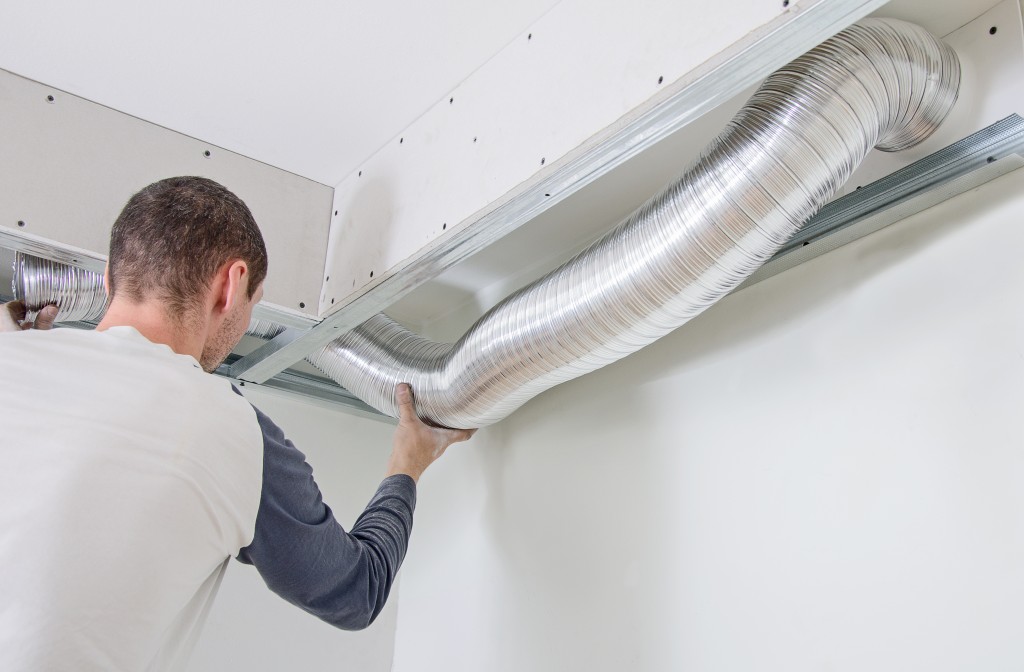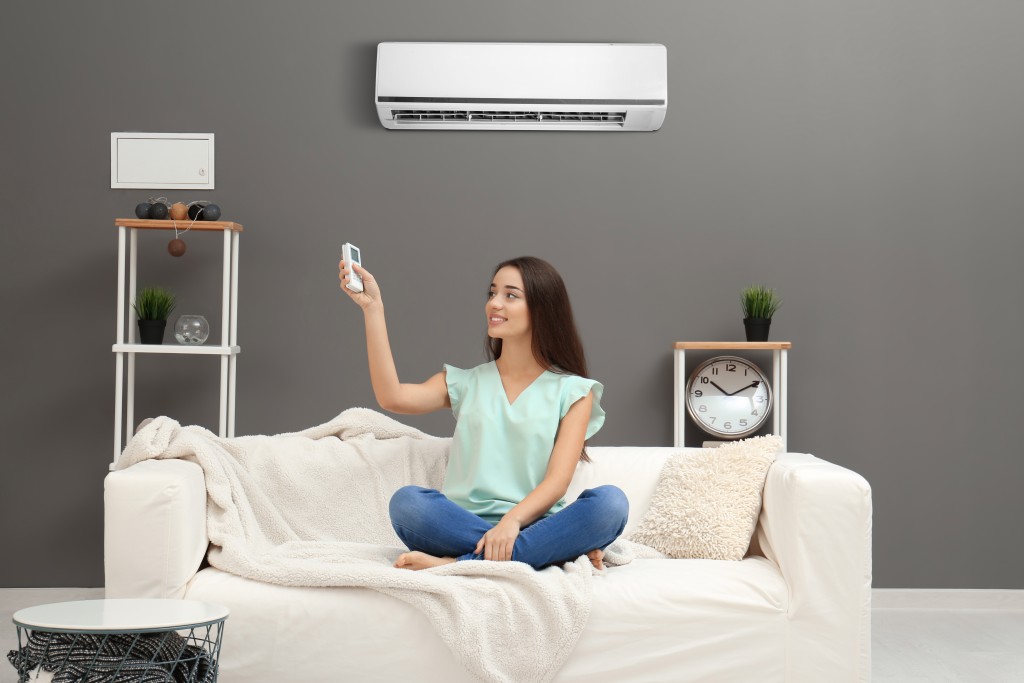Summers down under can be extremely hot and punishing. Heat waves are becoming more common, and the length of these heat waves are getting longer and longer. The incidents of heat strokes and heat-related illnesses are up, and experts believe that the numbers will continue to rise. Australian houses need to be more than just comfortable; they need to be safe.
Keep the Water Flowing
In case of a water shortage or incidents that can cut off your supply, it’s best to have an alternative source. Water tanks are great additions to the home, especially those that can collect rainwater. Slimline rainwater tanks are great alternatives if you want a more aesthetic look for your home. Water tanks provide your house with an alternative or emergency supply of water. When connected to a rainwater gathering system, they can provide an alternative source of water away from municipal sources. These tanks can be used during droughts or in cases when the government restricts water use. In emergencies, a single large tank can provide 10-15 days of water for a family of three.
Don’t Skip on the AC
Air conditioning is essential if your family has children or elderly family members. Children and the elderly are especially vulnerable to heat strokes and heat-related illnesses. Keeping it cool around the house can be a bit expensive, but the health of your family members should not be compromised. Although fans can dissipate accumulated body heat, they don’t really lower the actual room temperature. Coolers that use moisture can be effective at times, but they do add to a room’s humidity. Air conditioning units are still the best options. Just remember to have them serviced once or twice a year.
Block the Sun
Direct sunlight can cause massive amounts of heat. Block out the sun with blinds, thick curtains, shutters, or glazed windows. These measures can block up to 90 per cent of the heat from the sun, vastly reducing the heat that enters your home. Oak or cedar trees around the house can provide lots of shade during the summer, though these trees take years to grow.
Vent the Heat
 Heat accumulates in the ceiling, and this heat can sometimes seep into the rest of the house. Eaves and vents that let cool air in and warm air out can be integrated into the design of your roof, and if these are not enough, you can install a turbine vent or a whirlybird in your roof.
Heat accumulates in the ceiling, and this heat can sometimes seep into the rest of the house. Eaves and vents that let cool air in and warm air out can be integrated into the design of your roof, and if these are not enough, you can install a turbine vent or a whirlybird in your roof.
Insulate Your Ceiling and Walls
Adequate insulation can make your house up to 35 per cent cooler. Insulating your ceiling can prevent the sun’s rays from affecting the rest of the house. Insulation on your walls also reduces air leakage and ensures that outside conditions don’t affect the inside of your home. Insulation keeps your house’s temperature more stable and vastly reduces your power use and the ensuing power bill.
Keeping your home summer-ready can be a lot of work, but the safety and comfort of your family should be a priority. Small changes around the house can negate the effects of dangerous heat waves and keep your family safe throughout the summer.
